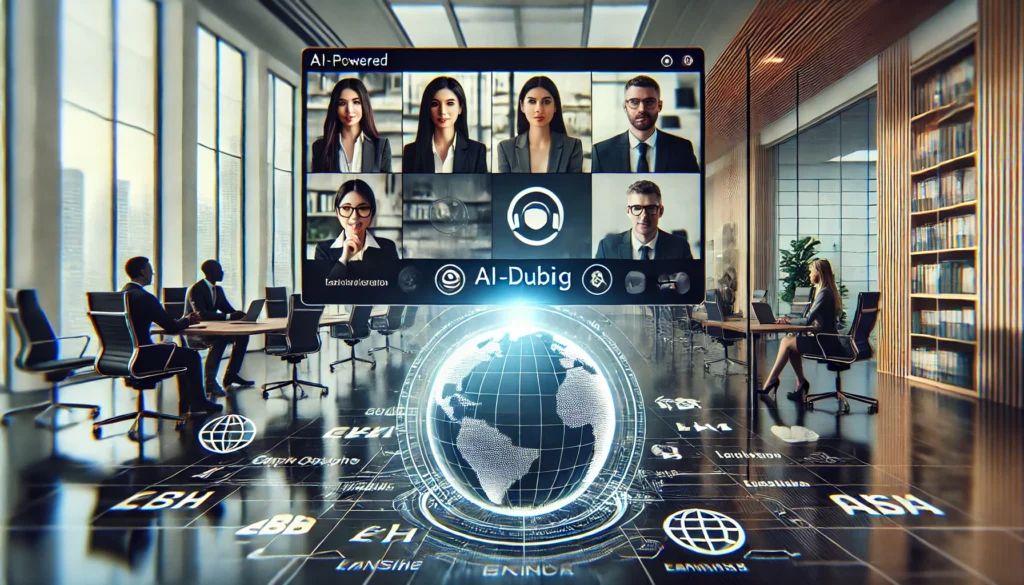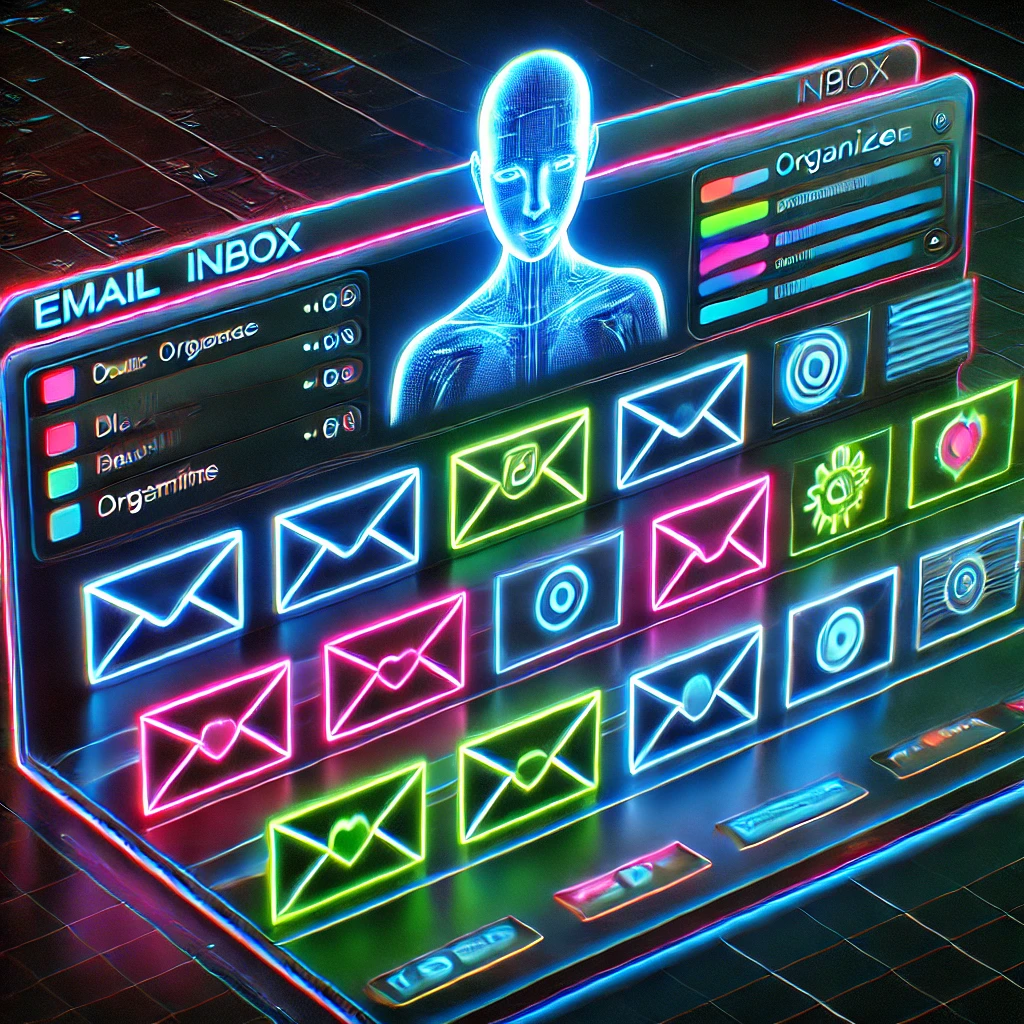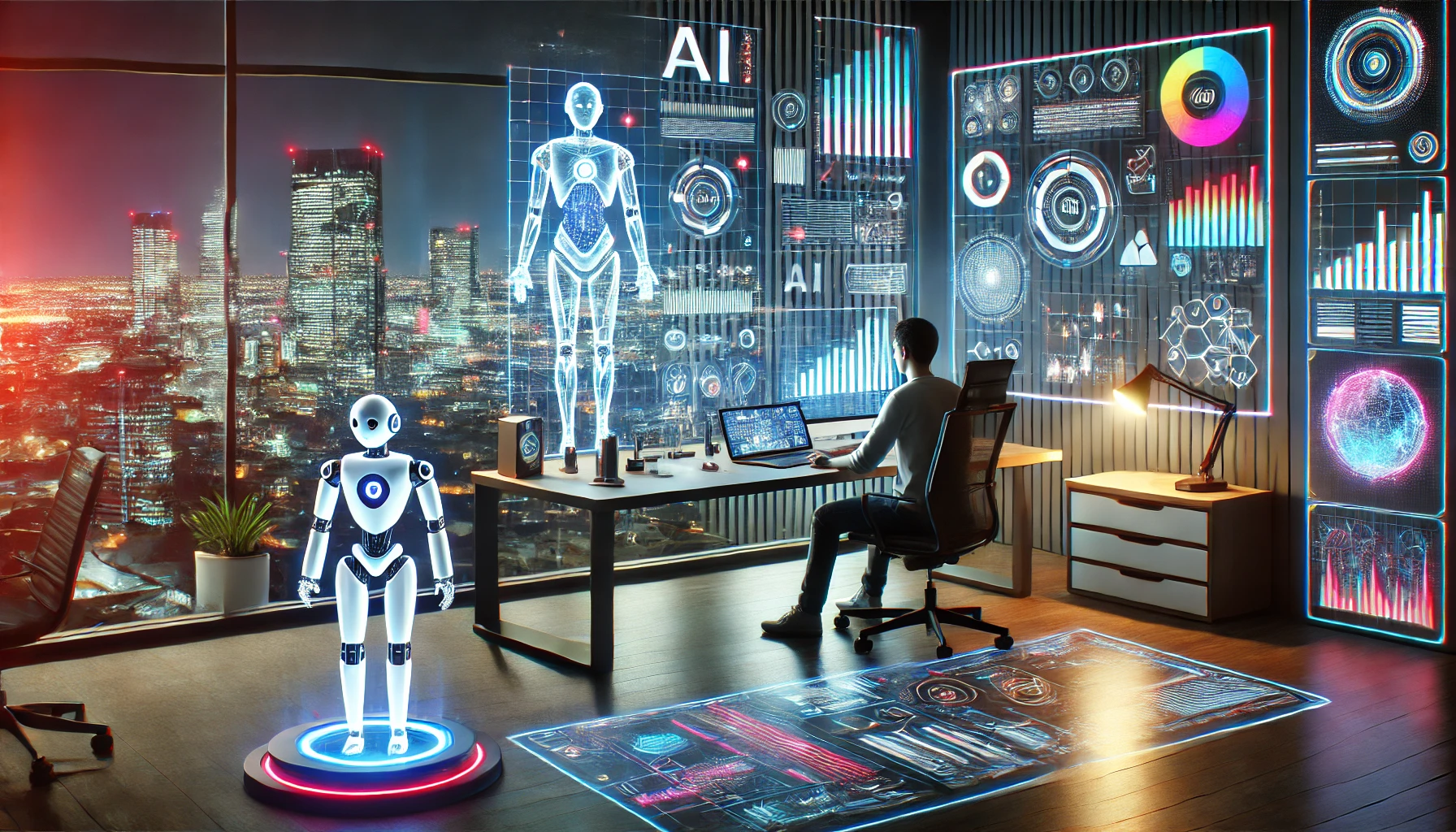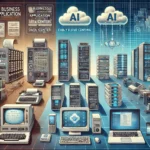Your cart is currently empty!
How AI is Revolutionizing Productivity, Collaboration, and Work-Life Balance
Remote work is no longer a trend—it’s the new norm. By 2025, 67% of global companies will adopt hybrid or fully remote models (Gartner). To thrive in this landscape, professionals need tools that automate mundane tasks, streamline collaboration, and enhance focus. Enter AI-powered apps. Below, we break down the top 5 AI tools reshaping remote work in 2025, with actionable examples and insider tips.
1. Reclaim.ai 2.0: The AI Time Orchestrator
Tagline: “Your calendar, optimized by AI.”
What It Does:
Reclaim.ai 2.0 uses machine learning to auto-schedule tasks, block focus time, and even reschedule meetings based on your energy levels (detected via wearables integration).
Key Features:
- Priority Sync: Balances deadlines, personal time, and team meetings.
- Focus Guard: Blocks distractions during peak productivity hours.
- Energy Analytics: Recommends work patterns based on biometric data (e.g., Apple Watch, Oura Ring).
Practical Example:
“As a project manager, Reclaim moved my deep-work sessions to mornings (when I’m most alert) and pushed low-energy tasks like email triage to post-lunch. My output increased by 40%.”
– Lila Chen, Remote Team Lead at NextTech

2. TandemFlow: AI-Driven Collaboration Hub
Tagline: “Work together, smarter.”
What It Does:
TandemFlow combines Slack, Zoom, and Figma into one AI-curated workspace. Its real-time transcription, sentiment analysis, and task extraction eliminate meeting fatigue.
Key Features:
- Smart Summaries: Generates meeting notes with action items.
- Conflict Detector: Flags team disagreements via tone analysis.
- Auto-Follow-Ups: Schedules reminders based on deadlines mentioned in chats.
Practical Example:
A design team in Berlin uses TandemFlow to track feedback on prototypes. The AI highlights conflicting opinions (e.g., “50% of stakeholders disliked the onboarding flow”) and suggests compromise solutions.
Quote:
“TandemFlow reduced our weekly syncs from 5 hours to 90 minutes. The AI isn’t just a tool—it’s a mediator.”
– Raj Patel, CTO of Designly

3. LoomAI: Video Communication, Supercharged
Tagline: “Say it once, share it everywhere.”
What It Does:
LoomAI automates video creation, editing, and translation. Record a quick update, and the AI adds captions, trims silences, and dubs it into 20+ languages.
Key Features:
- Auto-Chapterization: Breaks videos into searchable segments.
- Voice Cloning: Maintains your tone in translations (via ElevenLabs integration).
- Engagement Analytics: Predicts which parts viewers will skip.
Practical Example:
A sales rep records a product demo in English. LoomAI generates Spanish, Mandarin, and French versions overnight, boosting global client engagement by 200%.

4. TaskMate 2025: Your AI Executive Assistant
Tagline: “Delegate the grind, keep the glory.”
What It Does:
TaskMate combines ChatGPT-5’s reasoning with access to your apps (Gmail, Notion, etc.). It drafts emails, negotiates deadlines with clients, and even troubleshoots tech issues.
Key Features:
- Context-Aware Drafts: Pulls data from past emails to personalize responses.
- Auto-Negotiation: Uses behavioral economics to nudge clients (e.g., “Your request will delay the project by 2 weeks—can we adjust the scope?”).
- Skill Learning: Mimics your writing style over time.
Practical Example:
A freelancer uses TaskMate to handle invoice follow-ups. The AI detects late payments, sends polite reminders, and escalates to Stripe disputes if ignored.
Quote:
“TaskMate saved me 12 hours a week. It’s like cloning myself, but cheaper.”
– Mia Sánchez, Freelance UX Designer

5. ZenMode: AI-Powered Mental Fitness Coach
Tagline: “Burnout ends here.”
What It Does:
ZenMode monitors stress via webcam micro-expressions and voice tone, then prescribes personalized breaks (e.g., guided meditations, stretch routines).
Key Features:
- Stress Radar: Alerts you when anxiety spikes during calls.
- Micro-Recovery: Suggests 2-minute breathing exercises between tasks.
- Team Wellness Reports: Aggregates burnout risks (anonymously) for managers.
Practical Example:
A developer receives a ZenMode alert after 4 hours of uninterrupted coding. The AI guides them through a VR forest walk, reducing eye strain and mental fatigue.

Conclusion: Embrace the AI-Driven Work Revolution
The future of remote work isn’t just about location flexibility—it’s about working smarter with AI as your co-pilot. From reclaiming time with Reclaim.ai to preventing burnout with ZenMode, these tools empower professionals to focus on what humans do best: creativity, strategy, and connection.
Which AI tool will you try first? Subscribe for our free “2025 AI Remote Work Toolkit” (includes templates, app comparisons, and a ZenMode trial).





